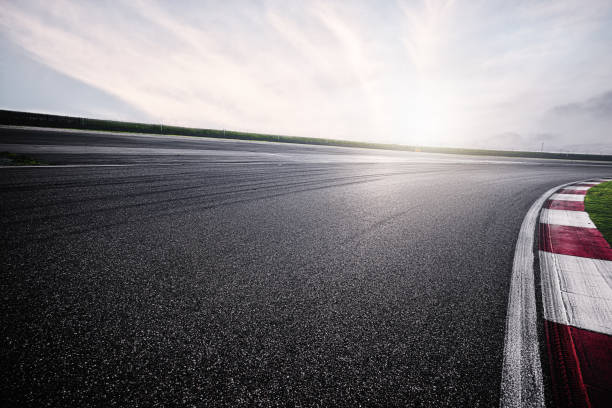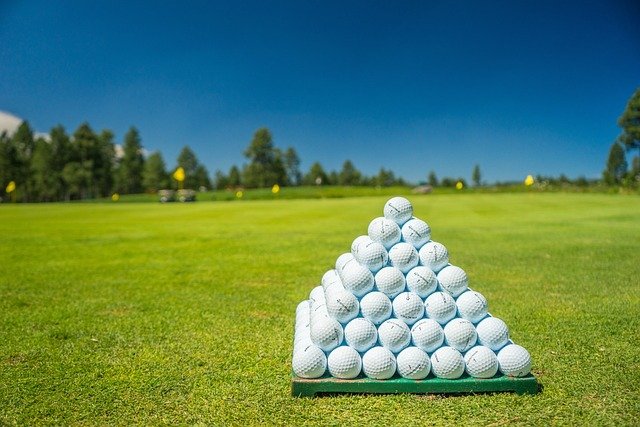Unveiling the Art and Science of Fencing: A Comprehensive Examination
Fencing, once an essential martial art and part of aristocratic education, has evolved into a modern sport that combines agility, strategy, and quick decision-making. Although it may seem deceptively simple to the untrained eye, a deeper dive into the sport reveals its complex nature.

A Historical Glimpse into Fencing
Fencing emerged during the Middle Ages as a form of combat training. It became an essential part of the education for young nobles in Europe, who learned it as a martial art. The development of firearms in the 17th and 18th centuries reduced the military importance of fencing, but it continued to thrive as a sport and art form. The sport was included in the first modern Olympic Games in 1896, and it remains a mainstay of the competition today.
Why Fencing Stands Out
Unlike many other sports, fencing requires not just physical strength and endurance, but also strategic thinking and quick decision-making. The fencer must anticipate the opponent’s moves, react in a fraction of a second, and continuously adapt their strategy throughout the bout. This intellectual aspect of fencing makes it a truly unique and fascinating sport.
The Intricacies of Fencing Techniques
Fencing techniques are intricate and varied, with three different weapons used in modern fencing: the foil, épée, and sabre. Each weapon has its own rules and strategies. Foil fencing, for example, is a game of patience and precision, while sabre fencing is faster and more aggressive. Understanding the subtleties of each weapon and the strategies associated with them is key to mastering the sport.
The Role of Fitness and Training in Fencing
Physical fitness is crucial in fencing. The sport demands agility, balance, speed, and endurance. Fencers need to be able to move quickly and change direction instantly, all while maintaining balance and control. Regular strength and conditioning training, as well as specific drills to improve footwork and blade work, are essential parts of a fencer’s training regimen.
The Future of Fencing: Trends and Developments
Fencing is a sport steeped in tradition, but it is not immune to changes and innovation. New training methods, advances in equipment, and changes in rules are continuously shaping the sport. Fencing is also becoming more accessible, with more and more clubs offering classes to people of all ages and backgrounds.
Fencing is a complex and captivating sport that combines physical prowess with mental agility. Its rich history, unique techniques, and ongoing evolution make it a fascinating subject for both participants and spectators. Whether you are a seasoned fencer or a curious newcomer, there is always something new to learn and discover in the world of fencing.




